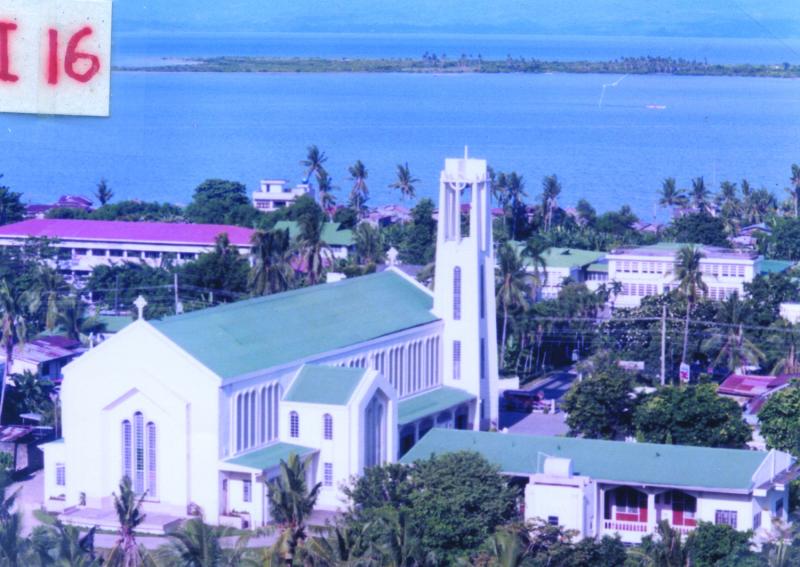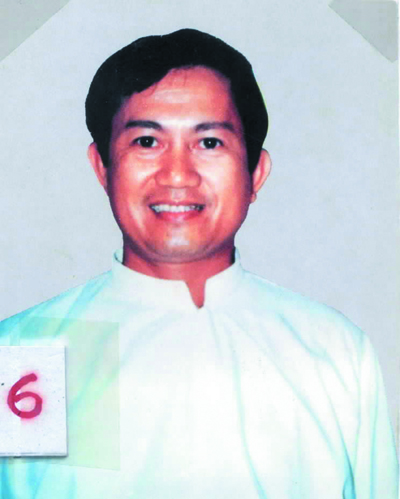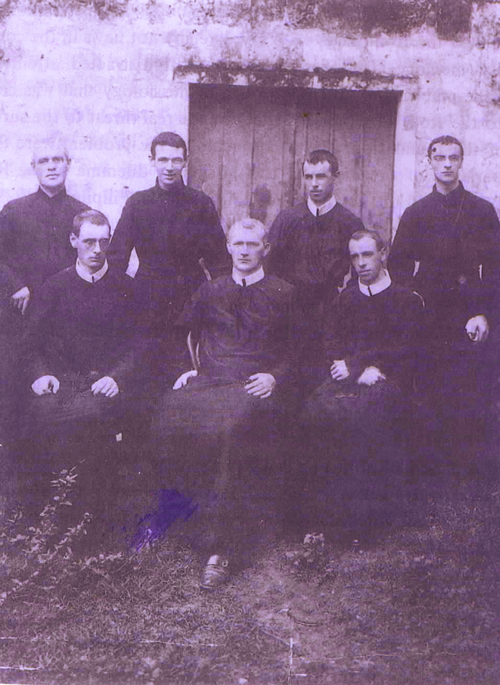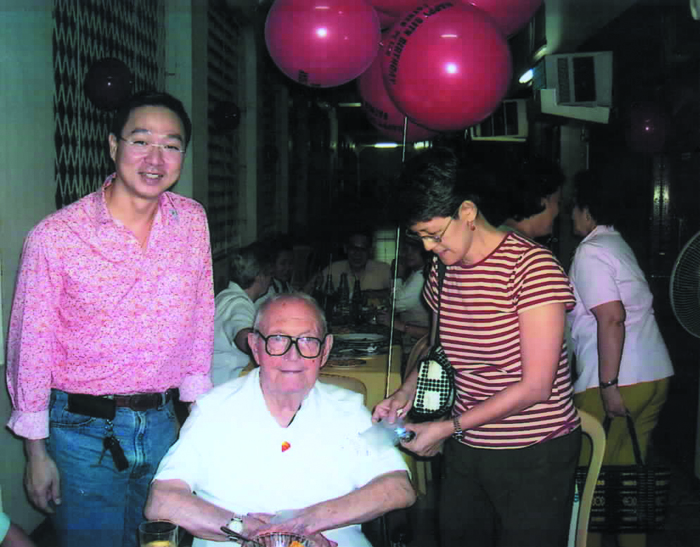Centennial Of Redemptorists In The Philippines (1906-2006)
By Father Bernard Casey CSsR
On the Feast of the Epiphany 2006, the Redemptorist Congregation launched the Centennial Celebration of their presence in the Philippines, an opportunity to thank God for all He has done through their presence and to thank the people who have cooperated with them in their mission to the poor for 100 years.

Redemptorist Church, Tacloban City
In 1991 the Second Plenary Council of the Philippines (PCP II) declared: ‘When at the turn of the century we rebelled against the sword, we did not throw off the cross.’ Ninety years or so before PCP II, Filipinos revolted against foreign domination, especially that of Spain.

Fr Rudy Romano CSsR
abducted 11 July, 1985
in Cebu City and never seen again.
The result of this revolution was a severe shortage of priests. There were more than 1,000 Spanish friars and 700 Filipino diocesan priests in 1898, who took care of 697 parishes in the country. By 1904 only 246 friars remained. The number of diocesan priests had also decreased. Many of them joined Fr Gregorio Aglipay who later set up his own Iglesia Filipina Independiente. The spread of Aglipayanism greatly confused the people because the Aglipayans maintained many of the religious practices of the Catholic Church.

The community of Opon,
Mactan Island, Cebu, in 1907
The bishops appealed to Rome for help. A number of congregations responded, including the Redemptorists and the Mill Hill Missionaries. After a personal appeal from the Pope, the Redemptorist General Superior asked Ireland and Australia to send some missioners here. These came in 1906.
I am very happy that I’ve spent almost half of those 100 years in Panay and Negros. What keeps me here are some remarks made early in my missionary work. While on a mission in Janiuay in 1960, I returned from a four-hour house-to-house visitation and my elderly tagbalay (host) said, ‘Padre, imo obra pareho man sa obra ni Jesu-Cristo,’ ‘Your work is the same as that of Jesus Christ.’ I still find great consolation in that affirmation. Years later, the late Archbishop José Maria Cuenco of Jaro attended the closing of a Redemptorist mission and told the people: ‘The Redemptorist missionaries have revived and preserved the faith of our people in this diocese.’
That is why we are here in the Philippines – to revive and preserve the faith. Our main work according to our rule is: ‘We are Apostles of Conversion in so far as the chief object of our preaching is to lead people to a radical choice regarding their life – a decision for Christ and draw them firmly and gently to a continual and total conversion.’
We try to help people understand and accept the ‘Plentiful Redemption’ which Christ brought to the whole world by His birth, preaching, passion, death and resurrection. We will be judged on the last day on how we have done this.
There are many religious congregations in the Philippines. But as far as I know, there is none doing the work we are called to do – parish missions – going to the parishes and spending four or five days in the barangays, helping the people to understand their faith.
The Redemptorists brought the love and devotion to our Mother of Perpetual Help to this country. In 1866 Pope Pius IX entrusted this image of Our Lady to the Redemptorists with those words: ‘Make her known to the whole world!’ In 1946, an American GI from Boston visited St Clement’s, Iloilo. He was amazed that there was no Perpetual Novena to Our Mother of Perpetual Help as there was in Boston. He proposed to the Rector, Fr Patrick Nulty CSsR, that he start the novena. Now it is extraordinarily popular all over the country and in other countries where Filipinos live. Countless numbers of people have received favors from God through it.
During this Centennial Year, we thank God for all he has done and still does through the Redemptorists with the Perpetual Help of God’s Mother. We place our celebrations throughout this year in her care and pray that she will protect all who have supported us for the past 100 years of preaching ‘Plentiful Redemption in the Philippines’.
-------------------------------------------------------------------------------------------------------------
Father Peter Mulrooney CSsR, 1912-2006
By Father Seán Coyle
Father Peter Mulrooney CSsR died in Cebu on 7 September, less than a month after his 94th birthday on 18 August, almost 72 years after his profession as a Redemptorist, and 67 years after his ordination. He volunteered to be a chaplain in the British Army during World War II and served in northern Burma in the area where the Columbans worked. His experience there caused him nightmares from time to time for the rest of his life and he was also troubled by a leg-wound received there.

Father Peter arrived in Cebu with eight other Irish Redemptorists in August 1946 to relieve those who had suffered during the Japanese occupation. The same year the Redemptorists introduced the Perpetual Novena to the Mother of Perpetual Help. He studied Cebuano in Balamban and spent the next forty years giving missions in almost every parish in Cebu as well as in Bohol, Leyte, Negros and in many parishes in Mindanao. He was much respected and loved by the people and by the priests.
He was rector in Cebu before serving as Vice-Provincial of the Cebu Vice-Province from 1956 till 1964, after which he served a term as rector in Dumaguete. The Vice-Province became a province independent of the Irish Province in 1996, 300 years after the birth of St Alphonsus Liguori, founder of the Redemptorists.
In his latter years, when he wasn’t able to celebrate public Masses, Father Peter still served as confessor to many priests and bishops who found in him a kind and compassionate brother-priest whose commitment as a Redemptorist was a given, a source of strength to many.
A few years ago, reflecting on his life in the Philippines. Father Peter said, ‘The happiest time in the Philippines for me was the professions and ordinations of the Filipinos.’ May this faithful priest, a big man with a big heart, rest in peace.
